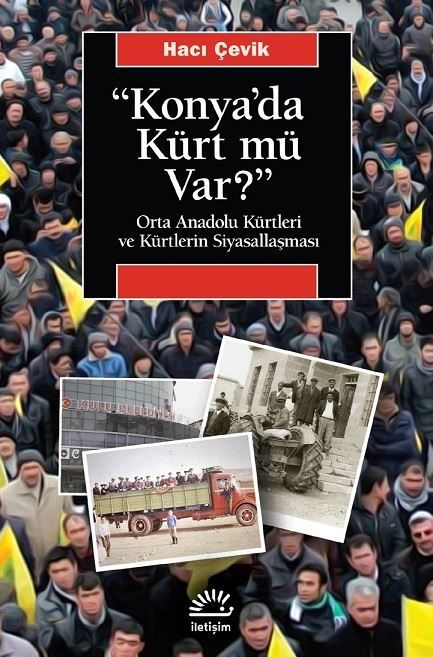
Are there Kurds in Konya? Central Anatolian Kurds and the Politicization of Kurds
Are there Kurds in Konya? Central Anatolian Kurds and the Politicization of the Kurds Book Description
“There were land fights, but nothing important. However, the Turks do not regard the Kurds as anything. When Kurds were mentioned, people would say 'I'm talking about foreign Kurds'. When you went to a society and there were many Kurds, they would say, 'Why did you bring all these people? You brought Kurds and dogs together.'" According to one of the elders of Kulu, defining the Kurds as "Eastern" and locating them in the East and Southeast is an almost automatic assumption in the minds.
Their presence in big cities, especially Istanbul, is always reminded.
“Are there Kurds in Konya?” with astonishment. question is an everyday expression of ignorance about the Kurdish population in the Central Anatolian provinces. However, settled Kurdish communities have been living in some districts of Ankara, Konya, Kırşehir, Çankırı, Aksaray, Yozgat, Çorum, Amasya, Niğde and Tokat, some since the 15th century. In “Are There Kurds in Konya?”, Hacı Çevik, after discussing the social formation process of the Central Anatolian Kurdish communities formed through gradual migrations, focuses on another wave of migration:
It looks at migration to Europe and its political effects. How did the Kurdish communities that migrated from Cihanbeyli and Kulu surroundings to Germany and Sweden affect the politicization around Kurdish identity in their hometowns? What was the impact of the political parties established around this identity struggle?
And how did the mobilization to claim the Kurdish identity affect social and political life and relations between different communities? A subtle analysis about a hidden "homeland reality"...
(From the Promotional Bulletin)
| Publisher | : | Contact Publishing |
| Number of pages | : | 232 |
| Publication Year | : | 2021 |
| ISBN | : | 9789750530739 |
| The heart | : | Turkish |


